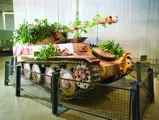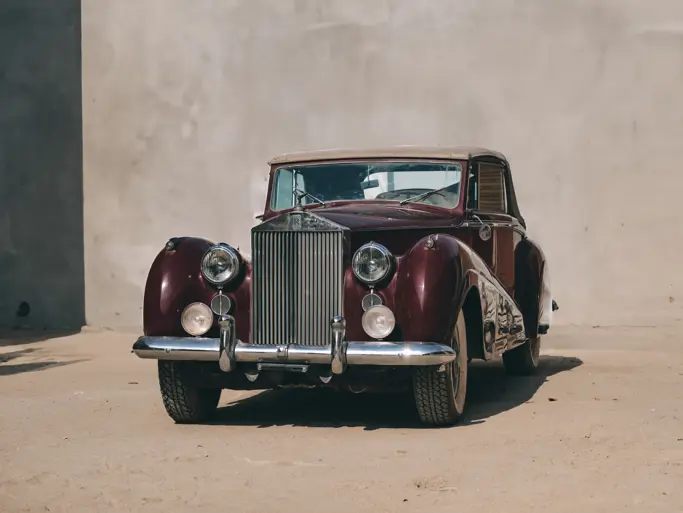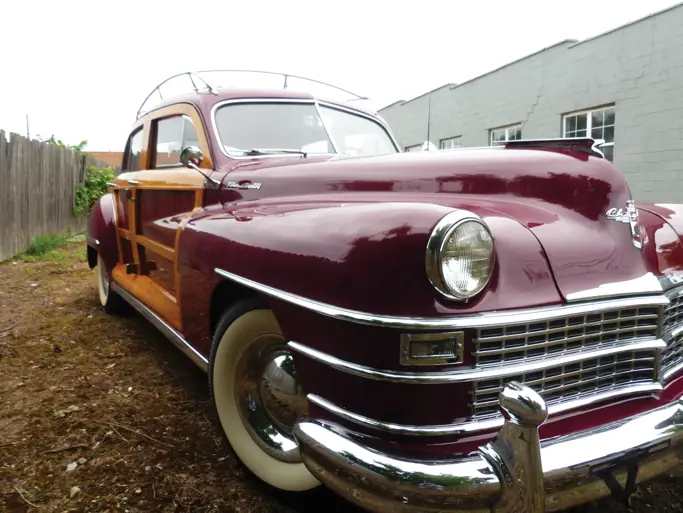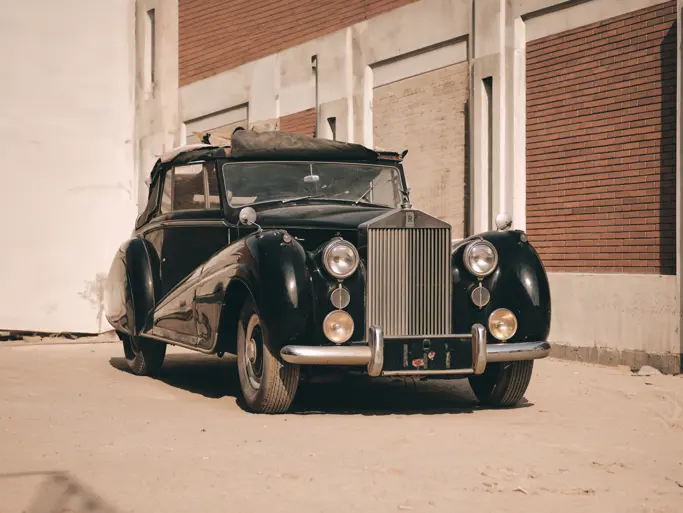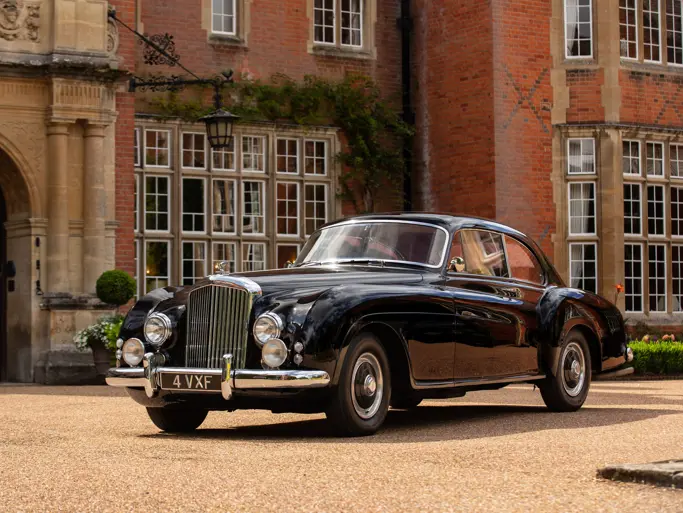Auburn Spring 2017
1944 Panzerjager 38(t) Mit 7.5cm Pak Ausf M
{{lr.item.text}}
$231,000 USD | Sold
 | Auburn, Indiana
| Auburn, Indiana
{{internetCurrentBid}}
{{internetTimeLeft}}

- Manufacturer: Bohmen-Marische Maschinenfabriken, Prague
- Production Year: 1944
- Engine: NO ENGINE OR TRANSMISSION (Buyer could source and utilize period engine and transmission or even late model diesel engine and transmission to get in running order)
- Length: 16-feet, 3-inches
- Width: 8-feet, 2-inches
- Height: 7-feet
- Weight: 10.5-tons
- Armor: 10-mm on front, sides and back
- Armament: 7.5-cm PaK 40 L46 anti-tank gun
- Maximum Road Speed: 25-mph
- Crew: 4
- Markings: German 10th SS Panzer Division, “Frundsberg.” SS Panzerjaeger 10th Abteilung (Battalion). 1943 sand with red brown camouflage paint scheme.
After completing the military occupation of Czechoslovakia in 1939, the German Wehrmacht took over inventories of the advanced LT Vz 38 light tank. One-hundred and fifty additional LT Vz 38 tanks were produced shortly thereafter. Experiences on the Eastern Front however indicated the obsolescence of the Czech design as a battle tank. In 1942 Hitler ordered all the Czech LT Vz 38 (38(t) in German service) be converted to self-propelled anti-tank guns (Panzerjaegers). The new series of vehicles were designated “Marders.” Early models utilized captured stocks of Soviet 76.2mm field guns. Later models used the very effective German 7.5-cm PaK 40 anti-tank gun. The British Army’s first encounter with “Marders” in North Africa led them to mistakenly believe they were encountering a self-propelled version of the deadly German “88.” Early model “Marders” proved to be front heavy due to the fighting compartment’s location in the center of the hull. The improved M model (displayed), introduced in April 1943, moved the fighting compartment to the back of the hull. Nine-hundred and seventy-five Marder III M’s were produced up to May 1944, at which time, production shifted to the more advanced Jaegdpanzer “Hetzer.”

